The journey of LED tube lights began with the development of the Light-Emitting Diode (LED) technology in the early 20th century. Initially used in low-power applications like indicator lights, LEDs have undergone significant advancements over the decades. The advent of high-brightness blue and white LEDs in the 1990s revolutionized the lighting industry, offering an energy-efficient, long-lasting alternative to traditional fluorescent tubes. As technology advances, the demand for LED lighting solutions has surged, driven by their environmental benefits, cost savings, and superior performance. This comprehensive tutorial delves into the various aspects of LED tube lights, including their benefits, types, applications, and installation considerations.
LED Tube Lights Definition. What are LED Tube Lights
Light Emitting Diode (LED) tube lights are linear lighting solutions that use semiconductor technology to produce light when an electric current passes through them. Unlike conventional fluorescent tubes that rely on gas discharge to produce light, LED tube lights use the electroluminescence of solid-state lighting (SSL) technology, which provides numerous advantages in terms of efficiency, durability, and environmental impact.
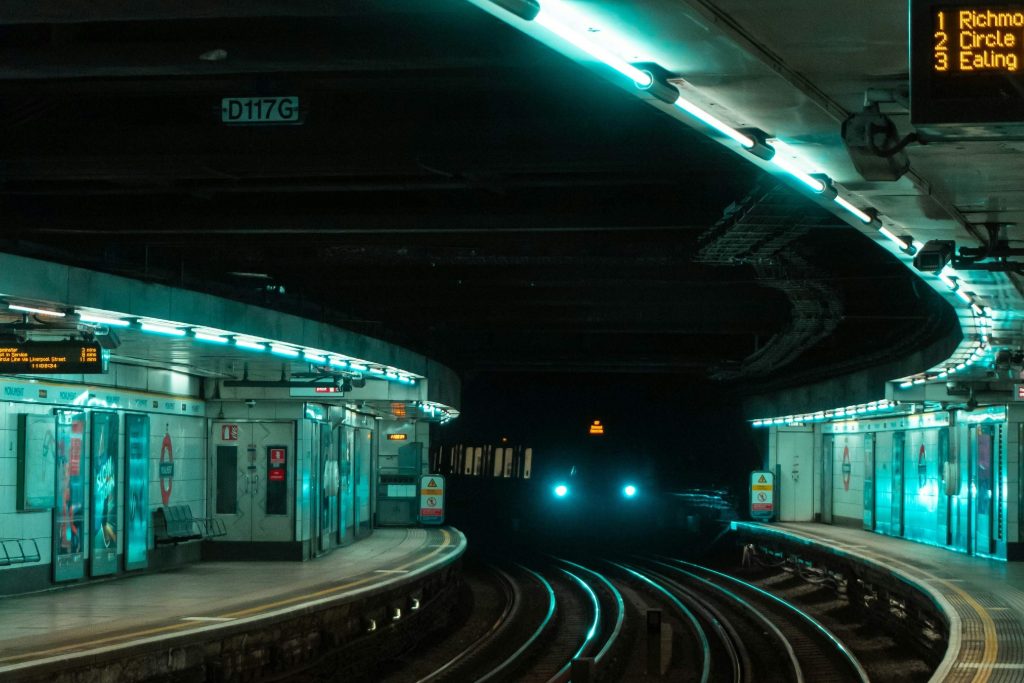
The Importance of LED Tube Lights
The rise of LED tube lights marks a significant advancement in lighting technology. Their cylindrical shape and solid-state lighting (SSL) technology offer numerous advantages, including energy efficiency, longevity, and superior light quality. Whether used in homes, offices, or industrial settings, LED tube lights represent a significant advancement over traditional fluorescent tubes, contributing to a brighter, more sustainable future. Embrace the benefits of LED tube lights and experience the transformation they bring to your lighting needs.
LED Tube Lights Advantages and Disadvantages
LED tube lights have become a prominent choice for lighting solutions in both residential and commercial spaces. Their popularity is driven by their energy efficiency, longevity, and superior lighting quality. However, like any technology, it comes with its own set of advantages and disadvantages. This comprehensive guide will delve into the pros and cons of LED tube lights, helping you make an informed decision for your lighting needs.
LED Tube Lights Advantages
Energy Efficiency: One of the most significant advantages of LED tube lights is their energy efficiency. LEDs consume significantly less power than traditional fluorescent tubes. On average, LED tube lights use 50-70% less energy than their fluorescent counterparts. This reduction in energy consumption translates directly into lower electricity bills, making LEDs a cost-effective choice for both homes and businesses.
Longevity: LED tube lights are renowned for their long lifespan. While fluorescent tubes typically last around 10,000 hours, LED tube lights can last up to 50,000 hours or more. This extended lifespan means fewer replacements and lower maintenance costs over time. For commercial settings, where lighting is often in use for extended periods, the longevity of LEDs can result in significant savings.
Instant Illumination: Unlike fluorescent lights, which can flicker and take time to reach full brightness, LED tube lights provide instant, flicker-free illumination. This makes them ideal for areas where quick and consistent lighting is essential, such as offices, classrooms, and workspaces.
Superior Light Quality: LED tube lights offer superior light quality with higher color rendering index (CRI) values. This means they provide more accurate and vibrant color representation, making them perfect for settings where color accuracy is crucial, such as retail stores and art studios. LEDs also produce a consistent light output without flickering, reducing eye strain and creating a more comfortable lighting environment.
Durability: LED tube lights are built to withstand rough conditions. They are resistant to shock, vibrations, and extreme temperatures, making them suitable for a variety of environments, including industrial settings and outdoor applications. Their robust construction means they are less likely to break or become damaged compared to traditional glass fluorescent tubes.
Versatility: LED tube lights come in various sizes, colors, and brightness levels, making them suitable for a wide range of applications. They can be used in residential, commercial, and industrial settings, as well as in specialty lighting applications like grow lights for plants and UV lights for sterilization.
Cost-Effective Over Time: While the initial cost of LED tube lights may be higher than that of traditional lighting options, their long-term savings make them a cost-effective choice. The combination of lower energy consumption, reduced maintenance costs, and a longer lifespan results in significant savings over the life of the product.
Improved Safety: LED tube lights operate at lower temperatures compared to fluorescent lights, reducing the risk of burns or fires. Their solid-state design also means there are no fragile filaments or glass tubes to break, further enhancing their safety.
Environmentally Friendly: LED tube lights are a green choice for lighting. They do not contain hazardous materials like mercury, which is present in fluorescent tubes. Additionally, LED lights are fully recyclable, reducing the environmental impact associated with disposal. Their energy efficiency also means a lower carbon footprint, contributing to efforts to combat climate change.
LED Tube Lights Disadvantages
Higher Initial Cost: One of the main disadvantages of LED tube lights is their higher initial cost compared to traditional lighting options. While prices have been decreasing over the years, LEDs still require a larger upfront investment. However, it’s important to consider the long-term savings in energy and maintenance costs, which often offset the initial expense.
Compatibility Issues: Not all LED tube lights are compatible with existing fixtures. There are different types of LED tubes, such as Type A (ballast compatible), Type B (ballast bypass), Type A/B (hybrid), and Type C (external driver). Each type has different installation requirements, and choosing the wrong type can lead to compatibility issues and additional installation costs.
Heat Sensitivity: Although LED tube lights produce less heat than incandescent or fluorescent lights, they are still sensitive to high temperatures. Poor thermal management can shorten the lifespan of LEDs and reduce their efficiency. It’s crucial to ensure proper ventilation and heat dissipation when installing LED tube lights, especially in enclosed fixtures.
Quality Variations: The quality of LED tube lights can vary significantly between manufacturers. Low-quality LEDs may offer poor light output, a reduced lifespan, and color inconsistencies. It’s important to choose LED tube lights from reputable manufacturers with proper certifications, such as Energy Star or DLC (DesignLights Consortium), to ensure performance and safety.
Light Distribution: LED tube lights may have different light distribution patterns compared to traditional fluorescent tubes. This can result in uneven lighting or the need for additional fixtures to achieve the desired illumination. Careful planning and selection of the right LED tube light can help mitigate this issue.
Dimming Compatibility: Not all LED tube lights are compatible with dimmer switches. Some LEDs may flicker or fail to dim properly if used with an incompatible dimmer. It’s essential to check the specifications of both the LED tube light and the dimmer switch to ensure compatibility.
Potential for Glare: LED tube lights can produce glare if not properly diffused or installed at the correct angle. This can cause discomfort or visual fatigue, particularly in office or workspace environments. Using frosted lenses or diffusers can help reduce glare and create a more comfortable lighting environment.
Classification of LED Tube Lights
LED tube lights have revolutionized the lighting industry with their efficiency, durability, and versatility. Understanding the different classifications of LED tube lights can help consumers and professionals make informed decisions for their specific needs. This comprehensive guide will explore the classification of LED tube lights based on material technology, tube structure, shape and size, and installation type.
Classification by Materials Technology
Light-Emitting Diodes (LED) Tube Lights
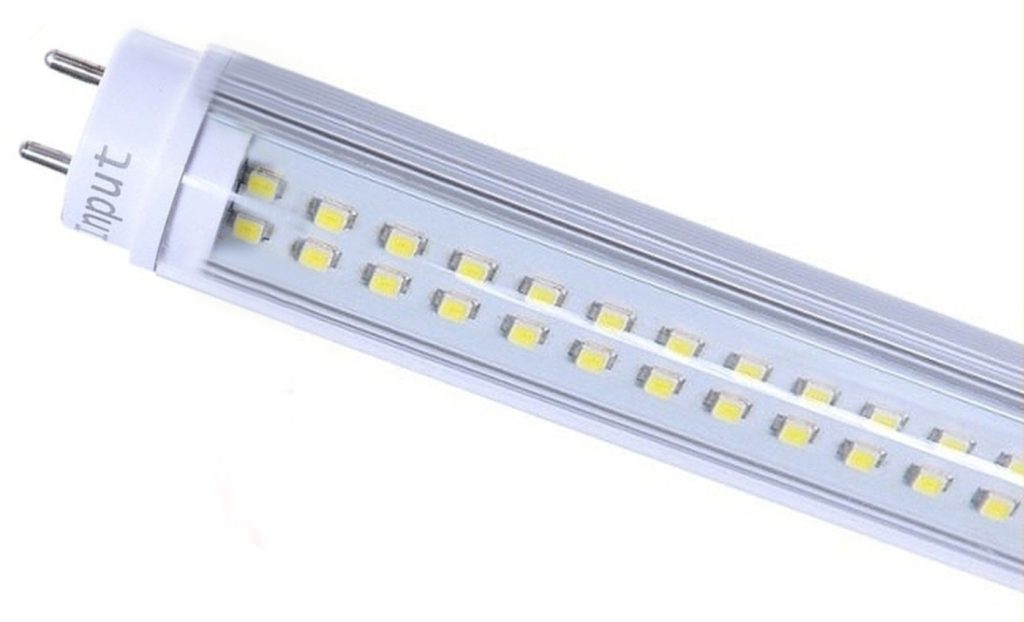
Traditional LED tube lights use semiconductor diodes to produce light. These diodes are efficient, durable, and provide high-quality illumination. They are the most common type of LED tube lights and are used in a variety of settings, from residential to commercial spaces.
Surface Mounted Device (SMD) LED Tube Lights

SMD LED tube lights use surface-mounted LEDs, which are attached directly to the circuit board. These LEDs are known for their brightness and efficiency. SMD LEDs can be packed closely together, allowing for more LEDs per unit length and thus a brighter light output. They are widely used in office buildings, commercial spaces, and industrial environments.
LED Filament Tube Lights
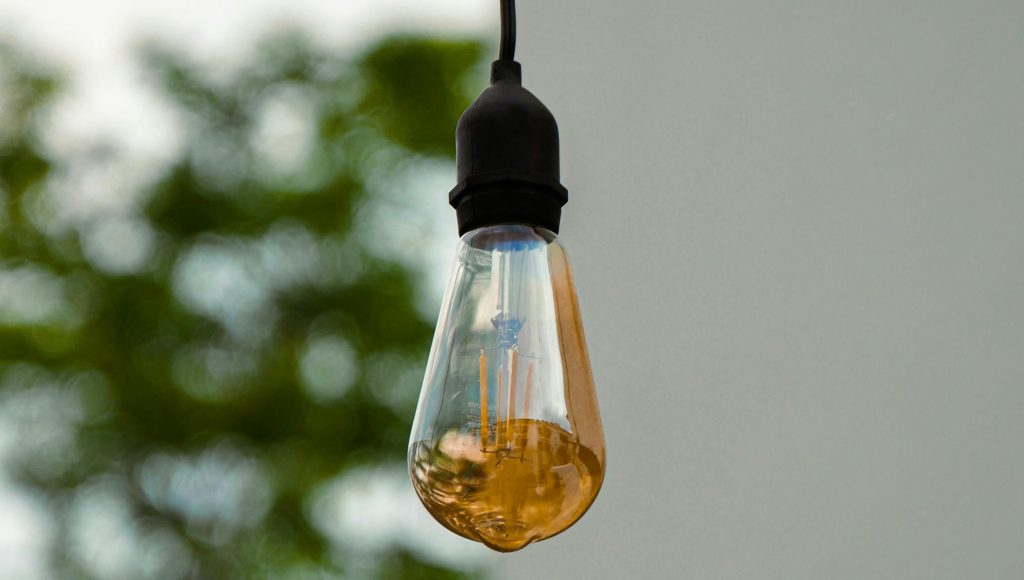
LED filament tube lights are designed to mimic the appearance of traditional incandescent bulbs, with visible filaments that emit light. These lights combine the vintage look of filament bulbs with the energy efficiency and longevity of LEDs. They are often used in decorative applications where aesthetics are important, such as in restaurants, cafes, and homes with vintage decor.
Chip-on-Board (COB) LED Tube Lights

COB LED tube lights feature multiple LED chips mounted directly onto a substrate, forming a single module. This design allows for better heat dissipation and higher light output. COB LEDs provide uniform illumination without visible dots, making them ideal for applications requiring smooth, consistent light, such as in studios, retail stores, and galleries.
Multi-Chip Module (MCM) LED Tube Lights

MCM LED tube lights use multiple LED chips packaged together into a single module. This technology enhances brightness and efficiency while maintaining compactness. MCM LEDs are suitable for high-intensity lighting applications, such as industrial settings, sports arenas, and large commercial spaces.
Organic Light-Emitting Diodes (OLED) Tube Lights
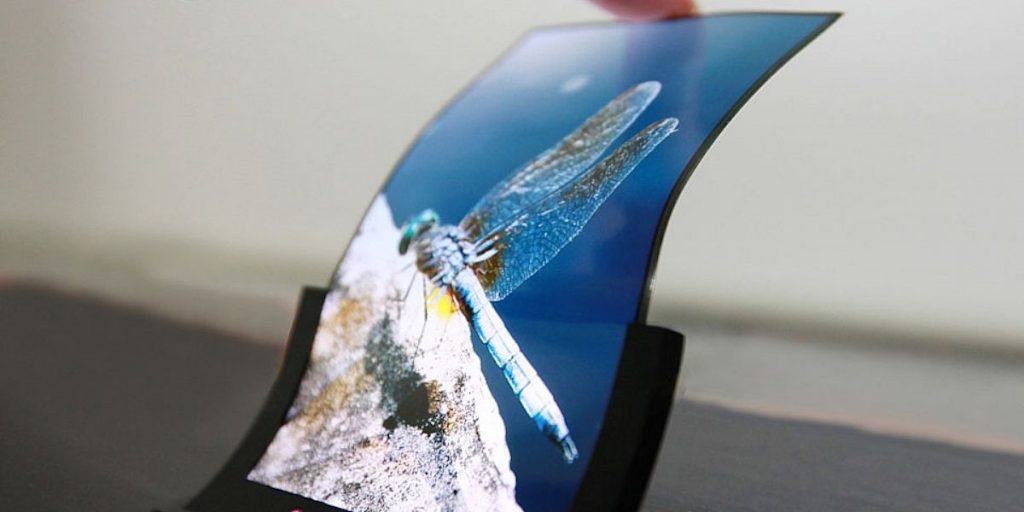
OLED tube lights use organic compounds that emit light when an electric current is applied. OLEDs are flexible, lightweight, and provide high-quality illumination with excellent color rendering. They are used in advanced lighting designs and applications where flexibility and design aesthetics are paramount, such as in architectural lighting and modern interior design.
Classification by Tube Structure
LED Tube String Lights
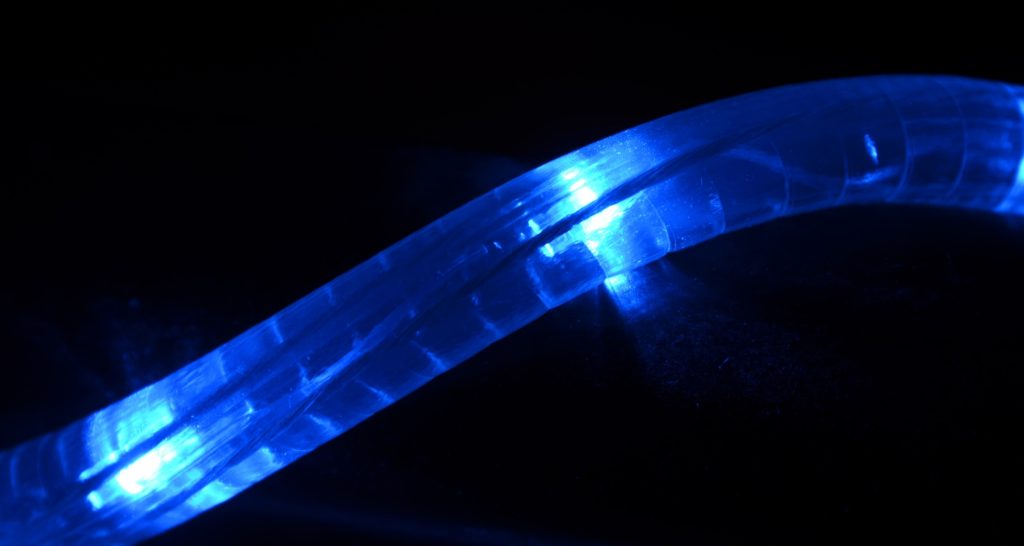
LED tube string lights consist of multiple LED bulbs connected in a linear or flexible arrangement, encased in a tube-like structure. These lights are often used for decorative purposes, such as holiday decorations, outdoor lighting, and event lighting. They are available in various colors and designs, providing a versatile solution for festive and ambient lighting.
LED Tube Strip Lights

LED tube strip lights are flexible circuit boards populated with LEDs, encased in a tube-like structure. These lights are versatile and can be cut to fit specific lengths, making them ideal for under-cabinet lighting, accent lighting, and architectural lighting. Their flexibility and ease of installation make them a popular choice for DIY projects and customized lighting solutions.
LED Tube Grow Lights
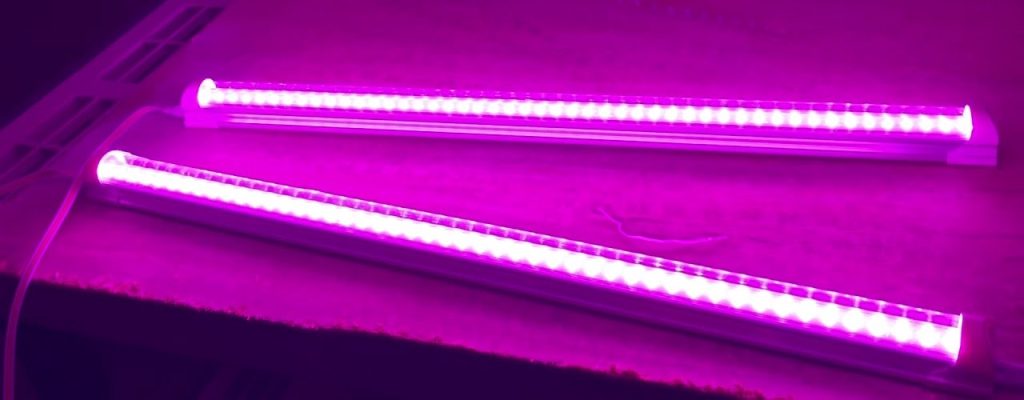
LED tube grow lights are designed to support plant growth by providing specific light wavelengths required for photosynthesis. They are used in indoor gardening, hydroponics, and vertical farming applications.
LED Tube Retrofit Lights
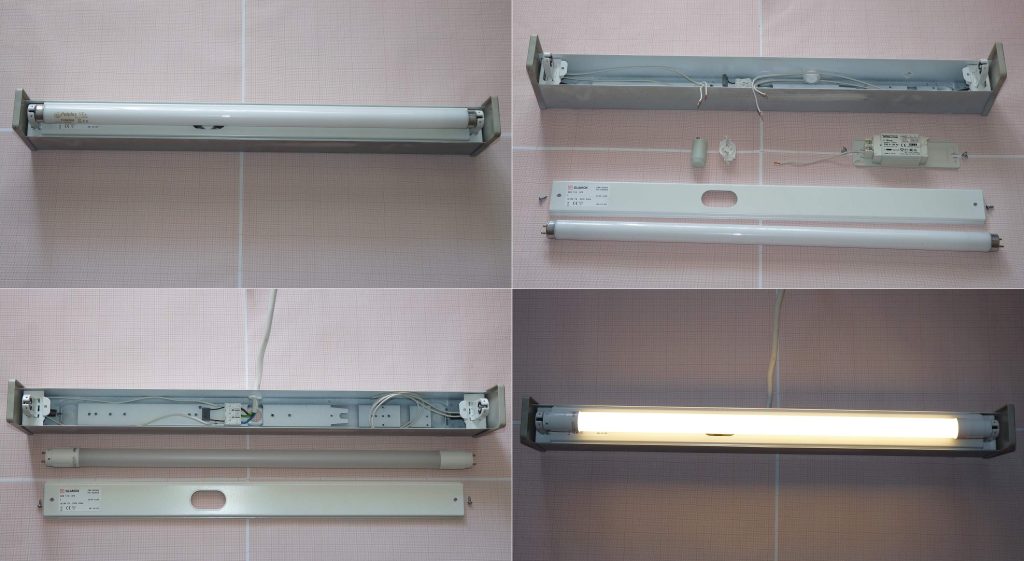
LED tube retrofit lights are designed to replace traditional fluorescent tubes without the need for rewiring. They are available in various sizes and types, allowing for easy upgrades to LED technology in existing fixtures. Retrofit LED tube lights provide an efficient and cost-effective way to transition to LED lighting, reducing energy consumption and maintenance costs.
LED Tube Vintage Lights

LED tube vintage lights combine the energy efficiency of LEDs with the classic look of vintage lighting. These lights often feature exposed filaments and antique-style designs, making them perfect for settings that require a nostalgic or rustic ambiance. They are commonly used in restaurants, cafes, and homes with vintage or industrial decor.
RGB LED Tube Lights
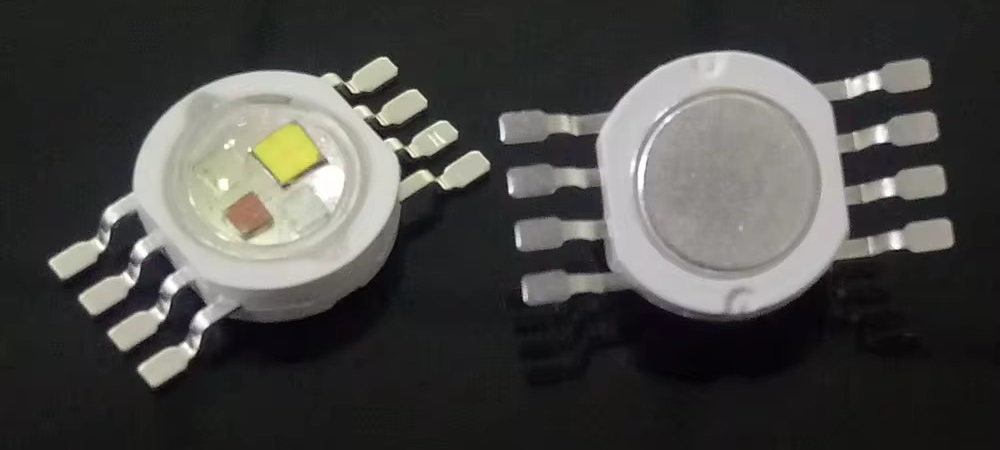
RGB LED tube lights are capable of producing a wide range of colors by combining red, green, and blue LEDs. These lights are controlled via remote or smart devices, allowing users to change colors and create dynamic lighting effects. RGB LED tube lights are popular in entertainment venues, home theaters, and spaces where customizable lighting is desired.
Smart LED Tube Lights
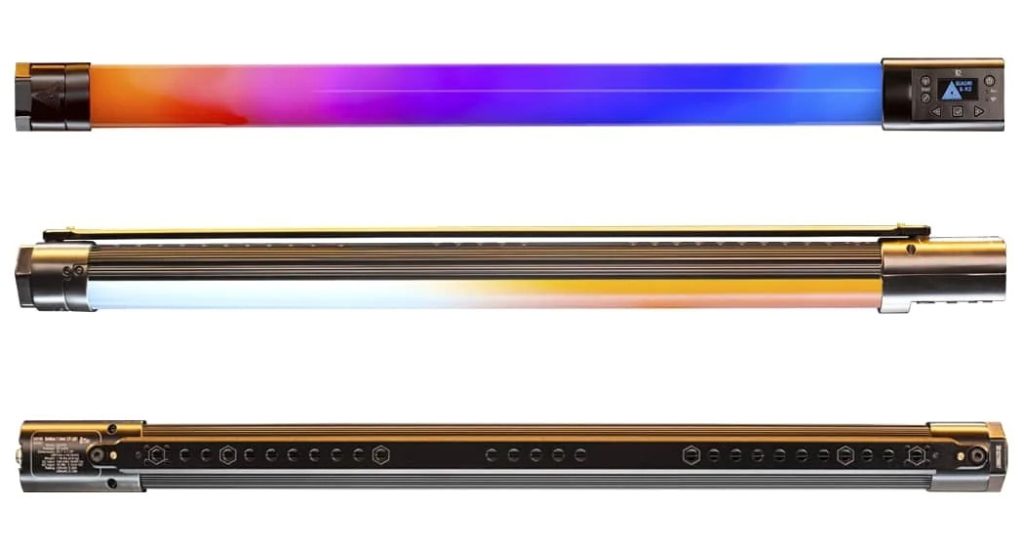
Smart LED tube lights are integrated with smart technology, allowing for remote control, automation, and customization via smartphones or smart home systems. These lights can be dimmed, scheduled, and programmed to change colors or respond to voice commands. Smart LED tube lights are ideal for modern homes and offices, providing convenience and energy savings.
Solar LED Tube Lights
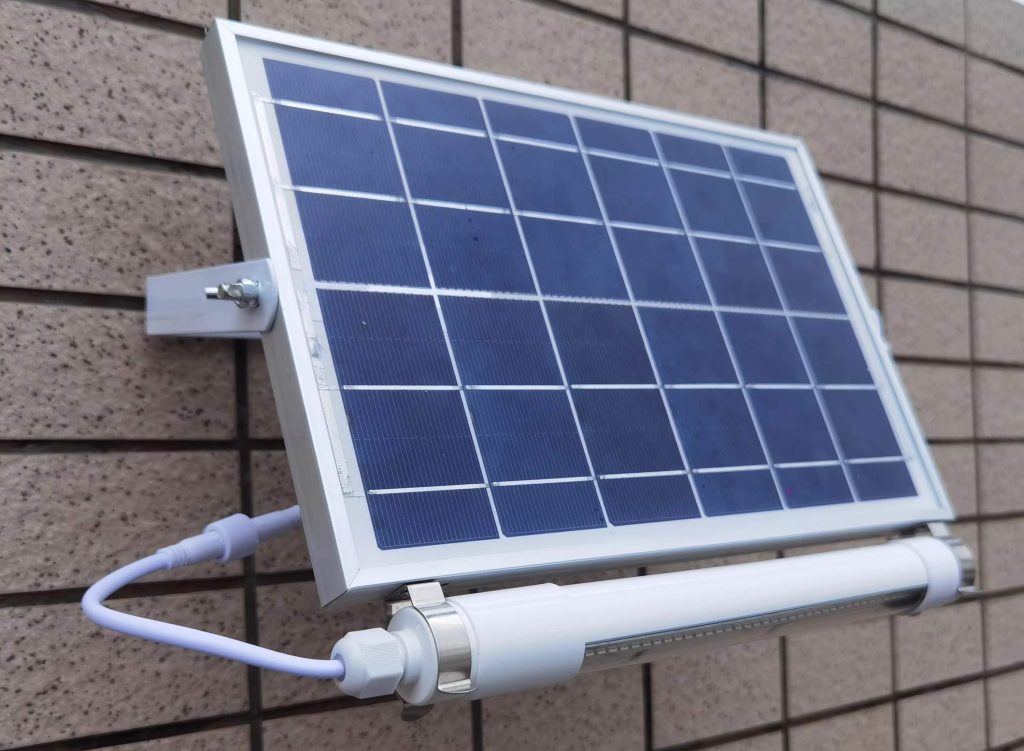
Solar LED tube lights are powered by solar energy, making them an environmentally friendly and cost-effective lighting solution. These lights are equipped with solar panels that charge during the day and provide illumination at night. Solar LED tube lights are commonly used for outdoor lighting, such as garden paths, driveways, and remote locations without access to electricity.
UV LED Tube Lights
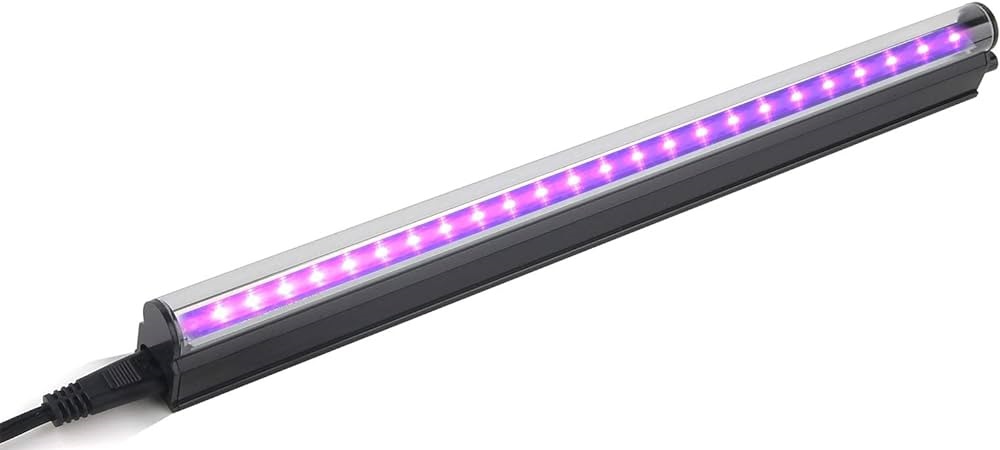
UV LED tube lights emit ultraviolet light, which is used for various applications, including sterilization, curing, and special effects. UV LEDs are more efficient and longer-lasting than traditional UV lamps, making them suitable for industrial, medical, and entertainment uses. They are often used in laboratories, hospitals, and theaters for their specialized properties.
Classification by Shape and Size
T5 LED Tube Lights

T5 LED tube lights have a diameter of 5/8 inch (16 mm) and are typically used in compact fixtures. They are known for their high efficiency and bright output, making them suitable for office lighting, under-cabinet lighting, and other applications where space is limited.
T8 LED Tube Lights
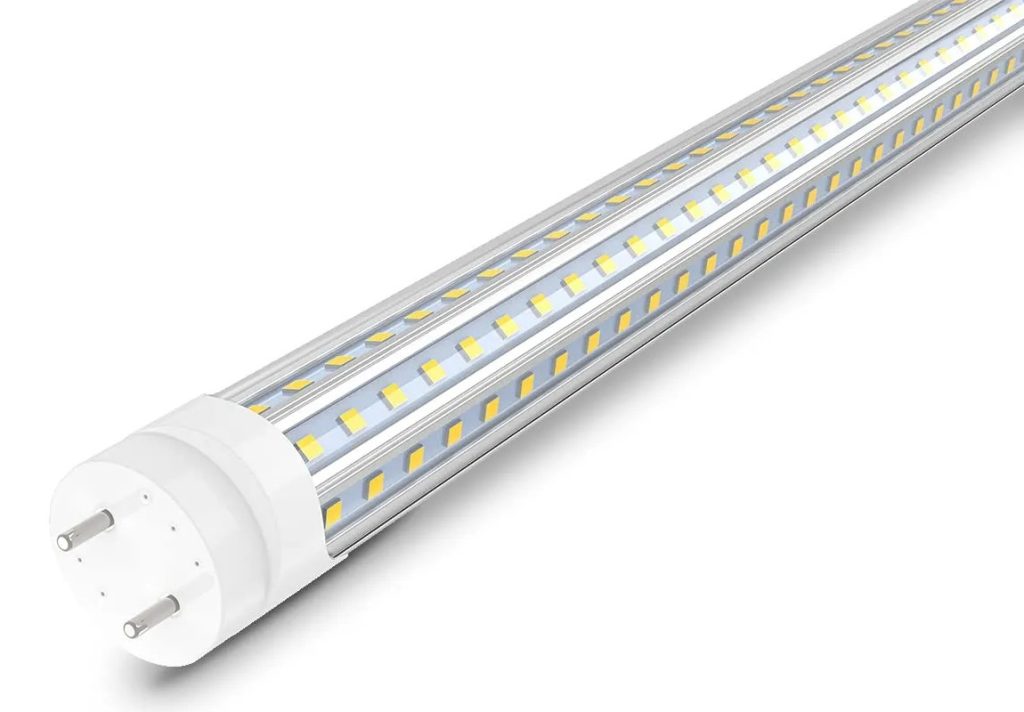
T8 LED tube lights have a diameter of 1 inch (25.4 mm) and are the most common type of LED tube lights. They are widely used in commercial, industrial, and residential settings due to their balance of efficiency, brightness, and cost. T8 LED tube lights are available in various lengths and color temperatures, providing versatile lighting solutions.
T12 LED Tube Lights

T12 LED tube lights have a diameter of 1.5 inches (38 mm) and are less common than T8 and T5 tubes. They are typically used in older fixtures that were originally designed for T12 fluorescent tubes. While T12 LED tube lights are less efficient than T8 and T5 options, they provide a suitable retrofit solution for specific applications.
Classification by Installation Type
Type A (Ballast Compatible)
Type A LED tube lights, also known as ballast-compatible or plug-and-play, are designed to work with existing fluorescent ballasts. This allows for easy installation without the need for rewiring. Type A LED tubes are convenient for retrofitting and upgrading to LED technology in fixtures that still have functional ballasts.

Type B (Ballast Bypass)
Type B LED tube lights require bypassing or removing the existing ballast and connecting the LED tube directly to the power supply. This type of installation eliminates the need for ballasts, reducing potential points of failure and improving energy efficiency. Type B LED tubes provide a long-term, reliable lighting solution, but they require more complex installation.
Type A/B (Hybrid)

Type A/B hybrid LED tube lights are designed to operate with or without a ballast. This versatility allows for flexible installation and future-proofing, as the same LED tube can be used in different fixtures with or without ballasts. Hybrid LED tubes are ideal for phased upgrades, where ballasts may be gradually removed or replaced over time.
Type C (External Driver)

Type C LED tube lights use an external driver to supply power rather than relying on an internal driver or existing ballast. This setup allows for better thermal management, higher efficiency, and a longer lifespan. Type-C LED tubes are typically used in high-performance applications where maximum efficiency and reliability are required.
Applications of LED Tube Lights
LED tube lights have transformed the lighting industry with their superior efficiency, longevity, and versatility. Residential homes and industrial facilities use them in a wide range of settings, providing optimal lighting solutions that meet diverse needs. This comprehensive tutorial explores the various applications of LED tube lights, highlighting their benefits and specific uses in different environments.
Residential Applications
Living Rooms and Bedrooms: LED tube lights are perfect for living rooms and bedrooms, where a comfortable and relaxing ambiance is essential. They provide bright, consistent lighting without flickering, which reduces eye strain and creates a pleasant atmosphere. Dimmable LED tube lights allow homeowners to adjust the brightness according to their preferences, enhancing the comfort and aesthetics of their living spaces.
Kitchens and Dining Areas: In kitchens and dining areas, LED tube lights offer bright and focused illumination, essential for tasks such as cooking and food preparation. Their high color rendering index (CRI) ensures that colors appear true and vibrant, which is particularly important when assessing the freshness and quality of food. Under-cabinet LED tube lights can be used to illuminate countertops, making food preparation safer and more efficient.
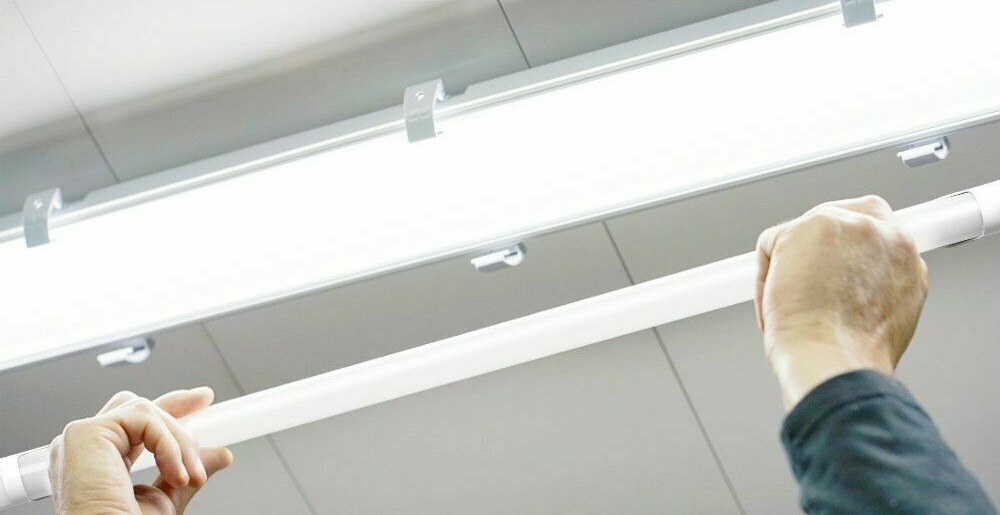
Bathrooms: LED tube lights are ideal for bathrooms due to their high brightness and energy efficiency. They provide clear and consistent lighting, essential for tasks like shaving, applying makeup, and grooming. LED tube lights with a high CRI are particularly beneficial in bathrooms, as they render colors accurately, ensuring that makeup application and grooming tasks are done precisely.
Garages and Basements: Garages and basements often require bright and durable lighting solutions. LED tube lights are perfect for these spaces, as they provide high-intensity light and are resistant to shock and vibrations. They can withstand the rough conditions often found in garages and basements, offering a reliable and long-lasting lighting solution.
Commercial Applications
Office Buildings: In office buildings, LED tube lights are used to provide bright, even lighting that reduces eye strain and enhances productivity. They are ideal for lighting workspaces, conference rooms, and common areas. The energy efficiency of LED tube lights helps reduce operational costs, making them a cost-effective solution for large office spaces.
Retail Stores: Retail stores benefit significantly from the high-quality illumination provided by LED tube lights. Their high CRI ensures that products are displayed in their true colors, making them more appealing to customers. LED tube lights can be used in display cases, shelves, and throughout the store to create an inviting and well-lit shopping environment.
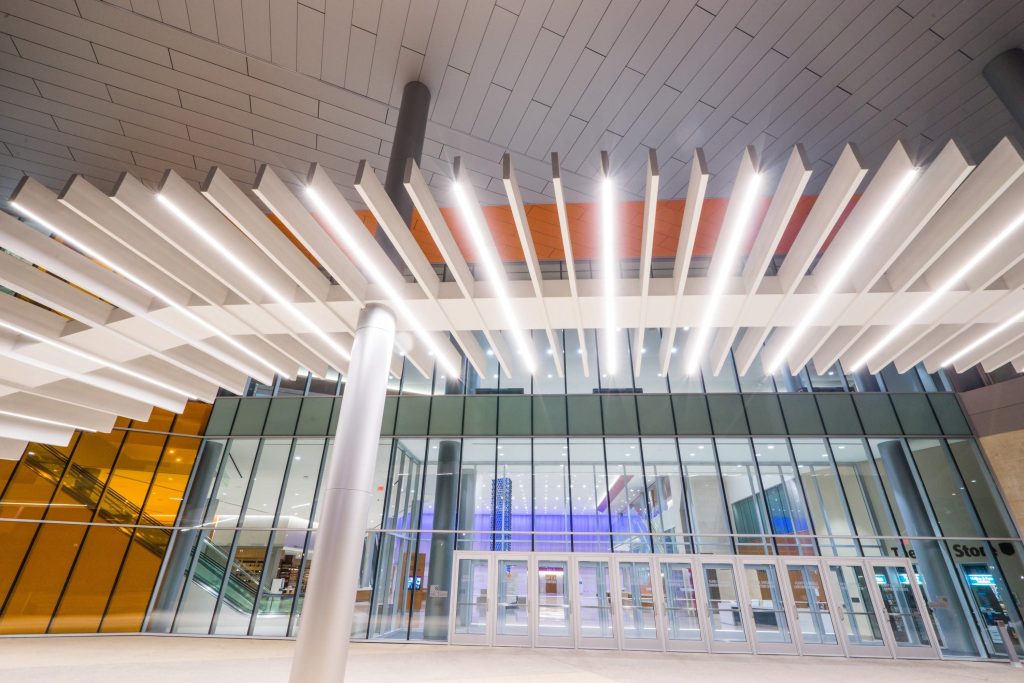
Restaurants and Cafes: LED tube lights are used in restaurants and cafes to create a welcoming and comfortable atmosphere for diners. They can be used to highlight architectural features, illuminate dining areas, and provide task lighting in kitchens. LED tube lights are available in various color temperatures, allowing restaurant owners to customize the ambiance to suit their establishment’s theme and style.
Hotels and Hospitality: In the hospitality industry, LED tube lights are used to enhance the guest experience. They provide bright, consistent lighting in hotel rooms, lobbies, and common areas. LED tube lights can be used to create a warm and inviting atmosphere, making guests feel comfortable and welcome. Their energy efficiency and long lifespan also help hotels reduce their operational costs.
Industrial Applications
Warehouses: Warehouses require bright and reliable lighting solutions to ensure safe and efficient operations. LED tube lights are ideal for these environments, as they provide high-intensity light and are resistant to shock and vibrations. They can be used to illuminate large areas, aisles, and storage spaces, improving visibility and safety for workers.
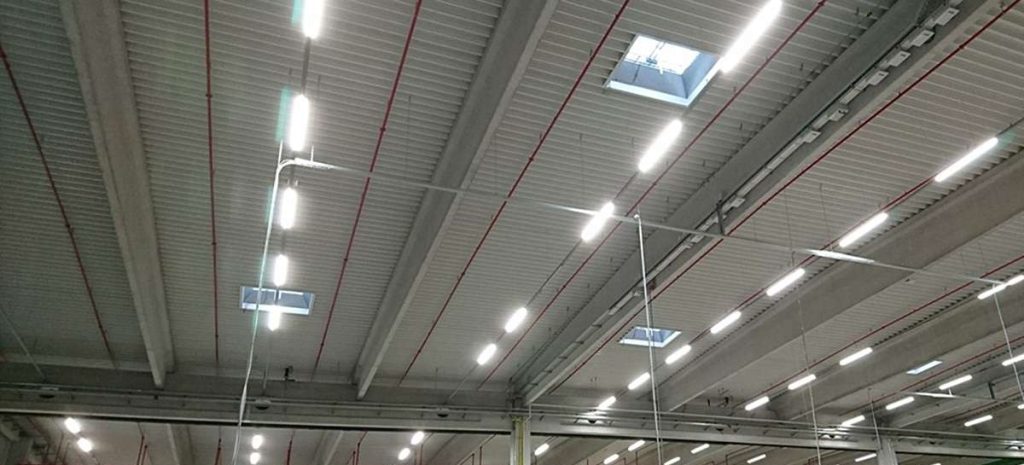
Manufacturing Facilities: In manufacturing facilities, LED tube lights are used to provide bright and consistent lighting that enhances productivity and safety. They are ideal for illuminating workstations, assembly lines, and inspection areas. LED tube lights with a high CRI are particularly beneficial in manufacturing as they ensure that colors and details are rendered accurately, which is crucial for quality control.
Cold Storage Facilities: LED tube lights are suitable for cold storage facilities, as they operate efficiently at low temperatures. They provide bright and reliable illumination in freezers, coolers, and refrigerated storage areas. LED tube lights’ durability and long lifespan make them a cost-effective solution for cold storage applications, where reliable lighting is essential.
Public and Institutional Applications
Schools and Universities: In educational institutions, LED tube lights are used to provide bright and consistent lighting that enhances the learning environment. They can be used in classrooms, lecture halls, libraries, and common areas. LED tube lights’ energy efficiency and long lifespan help schools and universities reduce their operational costs, allowing them to allocate more resources to educational programs.
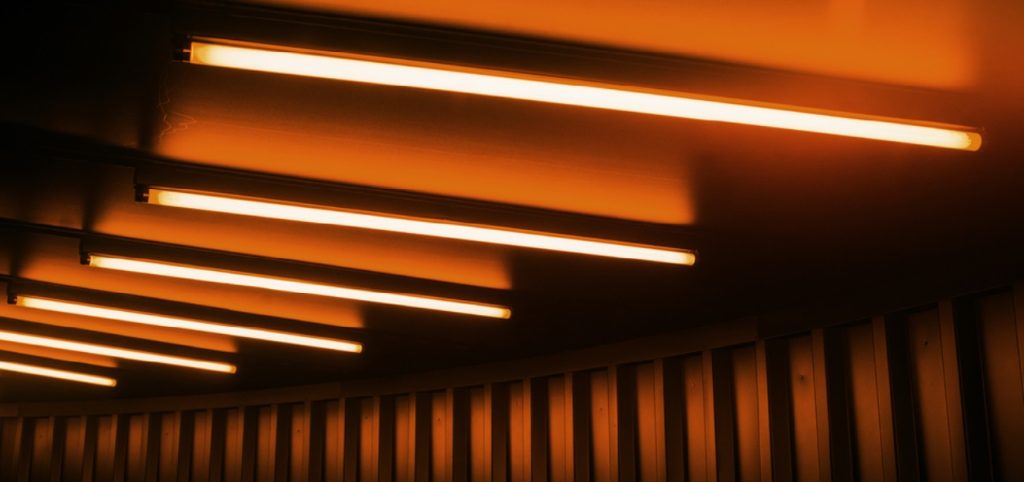
Hospitals and Healthcare Facilities: Hospitals and healthcare facilities require high-quality lighting solutions to ensure patient care and safety. LED tube lights provide bright, consistent illumination that is essential for medical procedures, examinations, and patient rooms. Their high CRI ensures accurate color rendering, which is crucial for medical diagnostics. LED tube lights’ energy efficiency and long lifespan also help healthcare facilities reduce their operational costs.
Government Buildings: Government buildings use LED tube lights to provide bright and efficient lighting in offices, meeting rooms, and public areas. Their energy efficiency and long lifespan make them a cost-effective solution for government facilities, helping reduce operational costs and energy consumption. LED tube lights also provide high-quality illumination that enhances the work environment and public spaces.
Outdoor Applications
Street Lighting: LED tube lights are used in street lighting to provide bright and energy-efficient illumination for roads, sidewalks, and public spaces. They offer better visibility and safety for pedestrians and drivers, reducing the risk of accidents. LED tube lights’ durability and long lifespan make them a cost-effective solution for outdoor lighting applications.
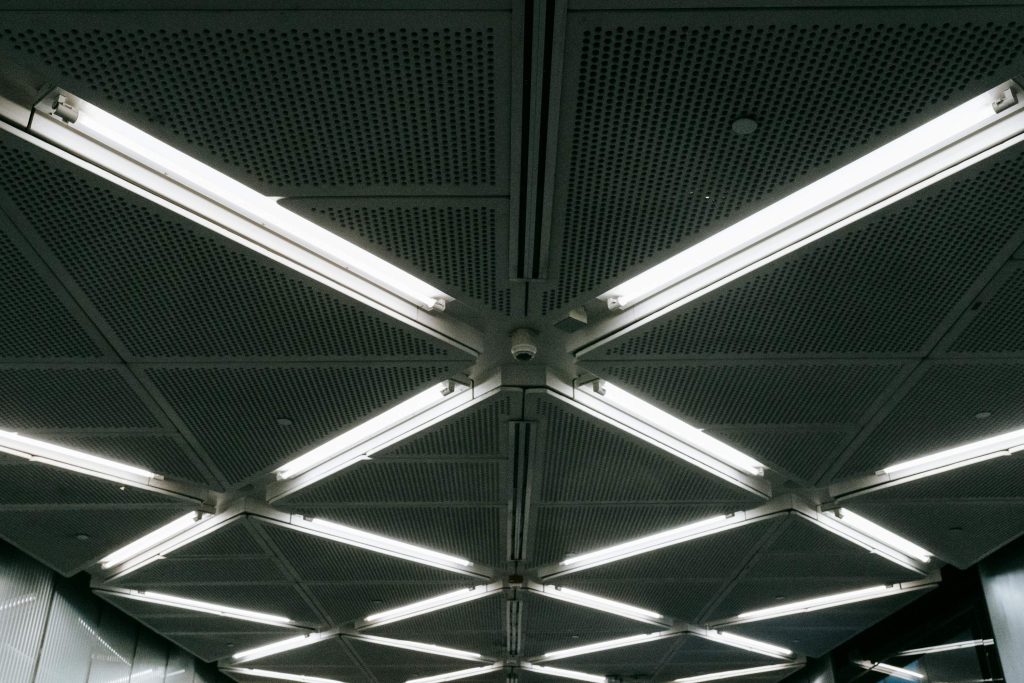
Parking Lots: Parking lots require bright and reliable lighting solutions to ensure safety and security. LED tube lights are ideal for these environments, as they provide high-intensity light and are resistant to shock and vibrations. They can be used to illuminate parking areas, driveways, and walkways, improving visibility and safety for drivers and pedestrians.
Public Parks and Recreational Areas: Public parks and recreational areas benefit from the energy efficiency and durability of LED tube lights. They provide bright and consistent illumination for pathways, playgrounds, and sports facilities. LED tube lights’ long lifespan and low maintenance requirements make them a cost-effective solution for outdoor lighting in public spaces.
Specialty Applications
Aquarium Lighting: Aquariums require specialized lighting to support the health and growth of aquatic plants and animals. LED tube lights provide bright and customizable illumination that can mimic natural sunlight. They are available in various color temperatures and spectrums, making them suitable for freshwater and saltwater aquariums.
Grow Lights for Plants: LED tube lights are used as grow lights for plants, providing the specific light spectrum needed for photosynthesis and plant growth. They can be used in greenhouses, indoor gardens, and hydroponic systems. LED grow lights are energy-efficient and customizable, allowing growers to optimize the light spectrum for different stages of plant growth.
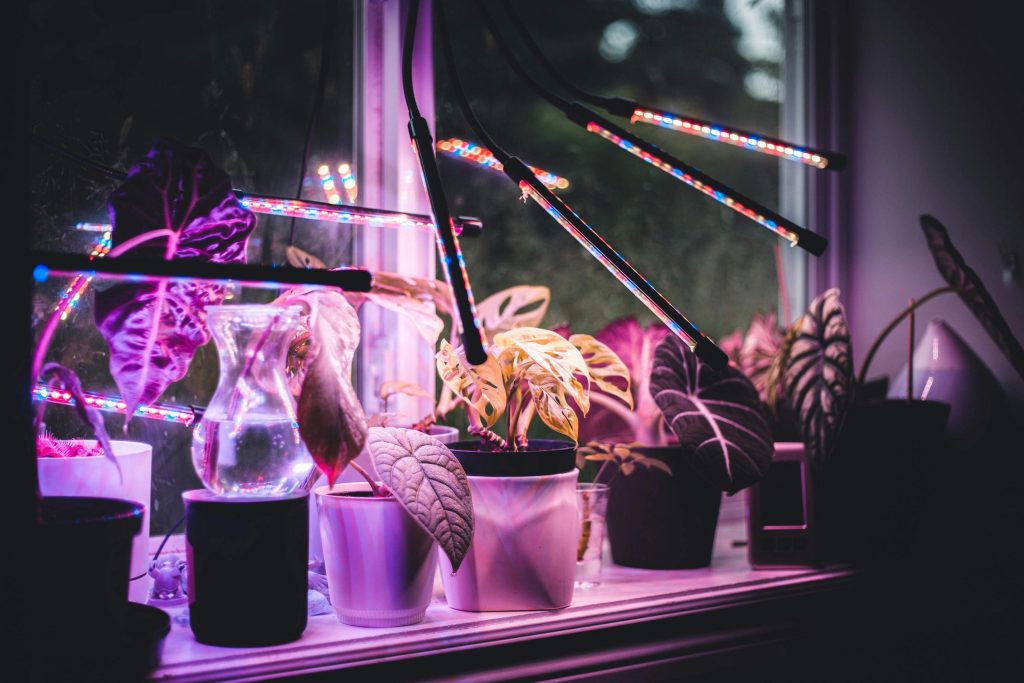
UV Sterilization: LED tube lights that emit ultraviolet (UV) light are used for sterilization and disinfection purposes. UV-C LEDs can kill bacteria, viruses, and other pathogens, making them suitable for use in hospitals, laboratories, and water treatment facilities. LED UV sterilization lights are more energy-efficient and longer-lasting than traditional UV lamps, providing a reliable and cost-effective solution for sterilization.
Artistic and Architectural Lighting: LED tube lights are used in artistic and architectural lighting to create stunning visual effects and highlight design features. They can be used in museums, galleries, theaters, and architectural installations. LED tube lights’ versatility and customizable options allow artists and designers to create unique lighting experiences that enhance the aesthetics of their work.
LED Tube Lights Best Practices
LED tube lights are a popular choice for lighting in residential, commercial, and industrial settings due to their energy efficiency, longevity, and high-quality lighting. To maximize the benefits of LED tube lights and ensure optimal performance, it is important to follow best practices for their selection, installation, and maintenance. This comprehensive guide covers the best practices for using LED tube lights, including tips for choosing the right LED tubes, installation procedures, and maintenance strategies.
Choosing the Right LED Tube Lights
Understand Your Lighting Needs: Before selecting LED tube lights, it is important to understand your specific lighting needs. Consider factors such as the size of the space, the purpose of the lighting, and the desired ambiance. For example, a warehouse will require bright, high-intensity lighting, while a living room may benefit from warmer, softer lighting.
Determine the Proper Color Temperature: LED tube lights are available in various color temperatures, typically measured in Kelvins (K). Color temperature affects the appearance of the light and the ambiance it creates. Common color temperatures include: Warm White (2700K–3000K): creates a cozy, inviting atmosphere, ideal for residential spaces such as living rooms and bedrooms. Neutral White (3500K–4100K): offers a balance between warm and cool light, suitable for workspaces, kitchens, and bathrooms. Cool White (5000K–6500K): provides bright, clear illumination, ideal for task lighting in offices, warehouses, and industrial settings.
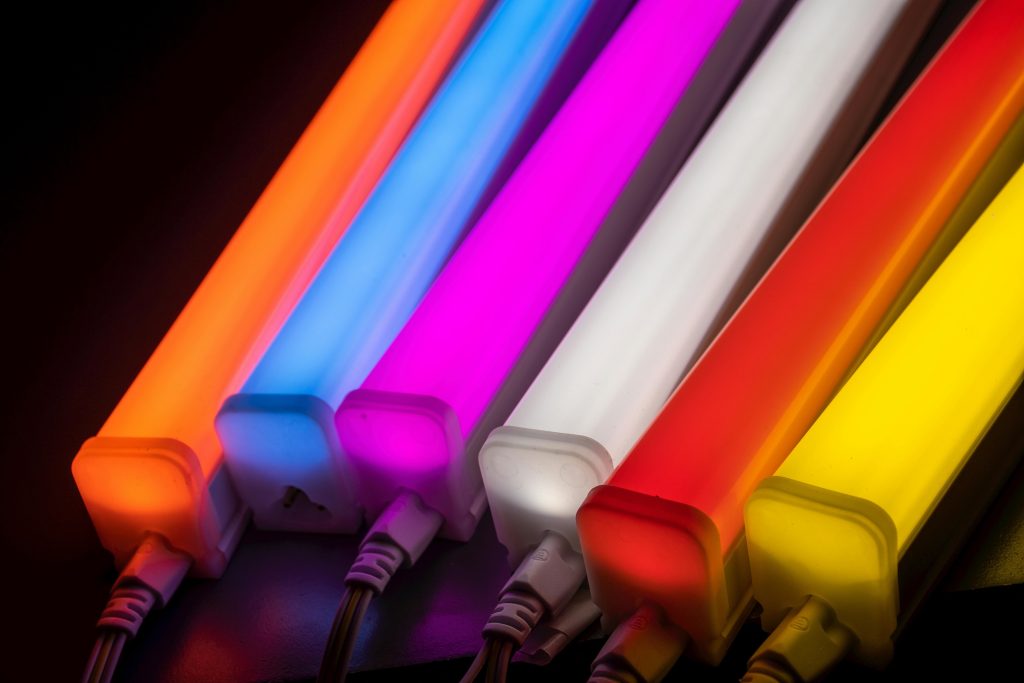
Check the Lumens and Wattage: Lumens measure the brightness of the light emitted by an LED tube, while wattage indicates the power consumption. When selecting LED tube lights, consider the lumens per watt (lm/W) ratio to ensure energy efficiency. Higher lumens with lower wattage indicate a more efficient LED tube light.
Consider the CRI (Color Rendering Index): The CRI measures the ability of a light source to render colors accurately compared to natural light. LED tube lights with a high CRI (typically 80 or above) provide better color accuracy, which is important for applications where color differentiation is crucial, such as in retail stores, art galleries, and medical facilities.
Choose the Right Size and Type: LED tube lights come in various sizes, such as T5, T8, and T12, each with different diameters. The most common size is T8, with a diameter of 1 inch. Ensure that the LED tube light you choose is compatible with your existing fixtures or the new fixtures you plan to install. Additionally, consider the installation type (Type A, B, A/B, or C) based on your existing ballast and wiring configuration.
Installation Best Practices
Safety First: Before starting the installation process, ensure that the power supply to the lighting fixtures is turned off to prevent electrical shocks. Use appropriate personal protective equipment (PPE), such as gloves and safety glasses.
Follow Manufacturer Instructions: Always follow the manufacturer’s instructions and guidelines for installing LED tube lights. This ensures that the installation is done correctly and safely, and it helps maintain the warranty.
Maintenance Best Practices
Regular Cleaning: Keep LED tube lights clean to maintain optimal performance. Dust and dirt can accumulate on the surface, reducing light output. Use a soft cloth or a microfiber duster to clean the tubes regularly. Avoid using harsh chemicals or abrasive materials that could damage the surface.
Check for Loose Connections: Periodically check for loose connections and ensure that all electrical components are securely connected. Loose connections can cause flickering, reduced efficiency, and potential safety hazards.
Monitor Performance: Regularly monitor the performance of LED tube lights. Look for signs of reduced brightness, flickering, or unusual behavior. Address any issues promptly to maintain consistent lighting quality and efficiency.
Replace When Necessary: Although LED tube lights have a long lifespan, they will eventually need replacement. Replace LED tubes when they reach the end of their lifespan or when they no longer provide adequate lighting. Use the same type and size to ensure compatibility with existing fixtures.
Energy Efficiency Best Practices
Use Dimmable LED Tube Lights: Dimmable LED tube lights offer flexibility in adjusting the brightness to suit different needs and times of the day. Using dimmable lights can save energy by reducing the light output when full brightness is not required.
Implement Smart Lighting Controls: Smart lighting controls, such as timers, motion sensors, and daylight sensors, can enhance energy efficiency. These controls ensure that lights are only used when necessary, reducing energy consumption and extending the lifespan of LED tube lights.

Opt for Energy-Efficient Models: When purchasing LED tube lights, choose models with high energy efficiency ratings. Look for products with Energy Star certification or other energy efficiency labels, which indicate that the product meets stringent energy performance standards.
Optimize Lighting Layout: Design the lighting layout to maximize efficiency. Use the right number of LED tube lights to avoid over-illumination. Position lights strategically to ensure even distribution and minimize shadows.
Minimize Light Pollution: To minimize light pollution, use LED tube lights with appropriate shielding and direct light only where it is needed. This helps reduce glare and light spillover into unwanted areas, preserving the natural night environment.
Conclusions
LED tube lights represent a significant advancement in lighting technology, offering unparalleled benefits in terms of energy efficiency, longevity, light quality, environmental impact, and versatility. Their ability to reduce energy consumption and lower operational costs makes them an attractive option for both residential and commercial users. The superior light quality and customizable options enhance the user experience across various applications, from homes and offices to industrial and specialty settings.
LED tube lights have revolutionized the lighting industry, offering a number of advantages over traditional lighting solutions such as fluorescent and incandescent bulbs. Concluding about LED tube lights, it is essential to consider their performance, benefits, and impact on various sectors. The environmental advantages of LED tube lights, including reduced greenhouse gas emissions and the absence of hazardous materials, align with global efforts to promote sustainability and reduce environmental footprints. The integration of smart technology further enhances the appeal of LED tube lights, providing users with greater control and convenience.
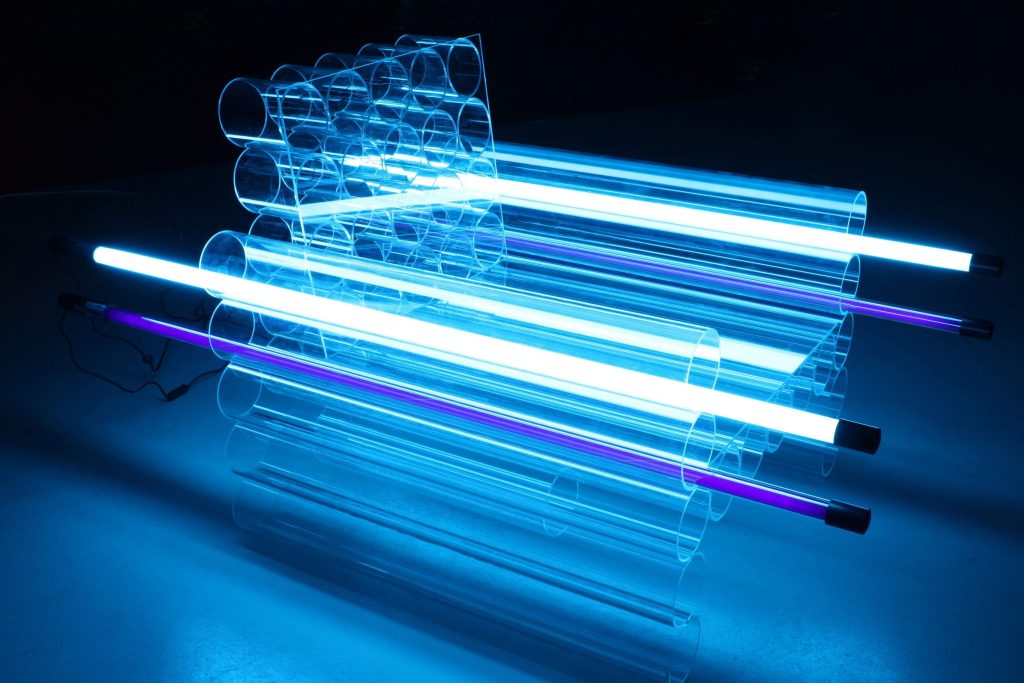
The future of LED tube lights looks promising as technology continues to advance. Innovations in LED technology are leading to even greater energy efficiency, longer lifespans, and enhanced light quality. The development of more affordable LED products is making this technology accessible to a broader audience, further accelerating the transition to energy-efficient lighting solutions. As environmental concerns and energy costs continue to rise, the adoption of LED tube lights is expected to grow, contributing to a more sustainable and efficient future.
As the world continues to seek more efficient and sustainable solutions, LED tube lights stand out as a beacon of innovation and progress in the lighting industry. Their widespread use demonstrates their effectiveness and dependability, paving the path for a better, greener, and more cost-effective future. By embracing LED tube lights, individuals and businesses alike can contribute to a more sustainable world while enjoying the numerous benefits of this advanced lighting technology.
FAQs (Frequently Asked Questions) about LED Tube Lights
Q1.Are LED tube lights safe to use?
Yes, LED tube lights are safe to use. They operate at lower temperatures, reducing the risk of burns and fire hazards. Additionally, they do not contain hazardous materials like mercury, making them safer for the environment and easier to dispose of.
Q2.Do LED tube lights flicker?
LED tube lights generally do not flicker, provided they are installed correctly and used with compatible components. Flickering can occur if the power supply is unstable or if the LED tube is used with an incompatible dimmer or ballast.
Q3.Can LED tube lights be dimmed?
Yes, many LED tube lights are dimmable. However, you need to ensure that both the LED tube light and the dimmer switch are compatible. Using an incompatible dimmer can cause flickering or damage the LED tube.
Q4.What is CRI, and why is it important?
Color Rendering Index (CRI) measures the ability of a light source to accurately render colors compared to natural light. A higher CRI (closer to 100) indicates better color accuracy. LED tube lights typically have a CRI of 80 or higher, making them suitable for applications where color differentiation is important, such as retail stores and art studios.
Q5.Are LED tube lights compatible with existing fixtures?
Yes, LED tube lights are designed to be compatible with existing fluorescent fixtures. However, compatibility depends on the type of LED tube light and the existing fixture’s ballast. LED tubes are classified into four types based on their installation methods: Type A, Type B, Type A/B, and Type C.
Q6.How energy-efficient are LED tube lights compared to fluorescent tubes?
LED tube lights are significantly more energy-efficient than fluorescent tubes. They consume 30–50% less energy while providing the same or better light output. This efficiency results in lower electricity bills and a reduced carbon footprint.
Q7.Can LED tube lights be used outdoors?
Yes, certain LED tube lights are designed for outdoor use. When choosing LED tube lights for outdoor applications, ensure they are rated for outdoor use and have appropriate protection against moisture and dust (IP rating). These lights are ideal for parking lots, garages, and outdoor commercial spaces.
Q8.How do LED tube lights perform in cold temperatures?
LED tube lights perform well in cold temperatures, making them suitable for use in outdoor and refrigerated environments. Unlike fluorescent lights, which can struggle to start in cold conditions, LEDs maintain their performance and efficiency even in low temperatures.
Q9.Can LED tube lights be used in enclosed fixtures?
Not all LED tube lights are suitable for enclosed fixtures. Enclosed fixtures can trap heat, potentially reducing the lifespan of the LED tube. If you plan to use LED tube lights in enclosed fixtures, look for products specifically rated for such use.
Q10.What is the lifespan of LED tube lights?
The lifespan of LED tube lights can range from 30,000 to 50,000 hours or more, depending on the quality of the product and the operating conditions. This longevity translates to years of use, reducing the need for frequent replacements and maintenance.
Q11.Are LED tube lights worth the investment?
Yes, LED tube lights are worth the investment due to their long-term cost savings, energy efficiency, and superior performance. While the initial cost may be higher than traditional lighting options, the benefits in terms of reduced energy bills, maintenance costs, and environmental impact make LED tube lights a smart and sustainable choice.
